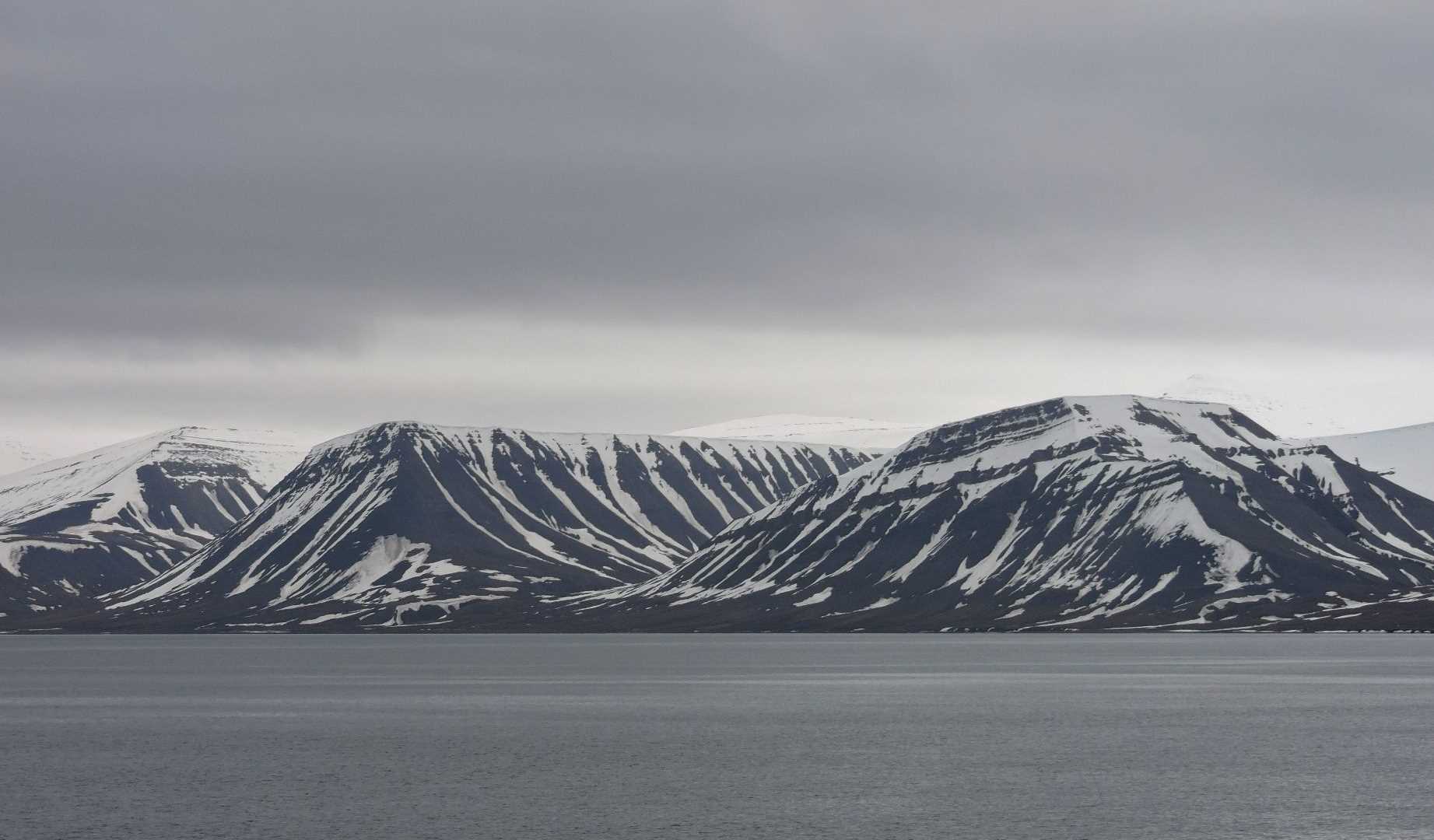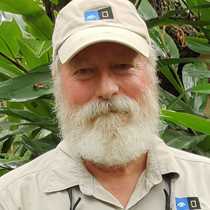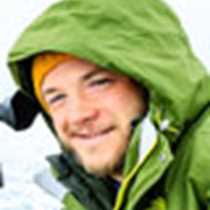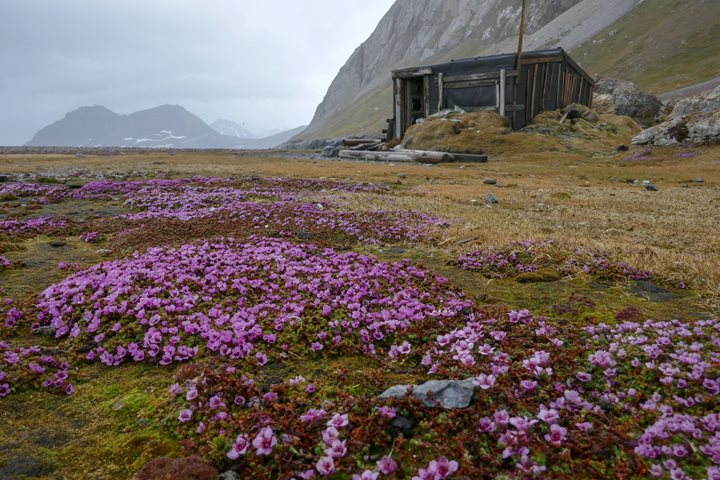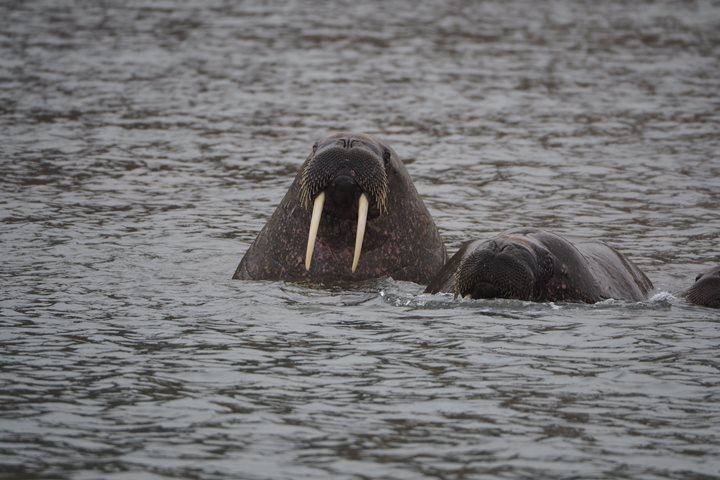Early this morning, long before breakfast, the National Geographic Explorer sailed into the large, wide bay known as Bellsundet in southwest Spitsbergen. Deep inside, we squeezed through the narrows formed by the island of Akseløya and the mainland to enter Van Mijenfjorden. We sailed close to the now-abandoned coal mining site of Sveagruva, where we saw the community’s old buildings, towers, and storage tanks. The mine was established by Swedes in the early 20th century to extract high-quality anthracite and was later taken over by Norwegians who operated before closing in 2016. We discovered fast ice at the head of the fjord and spent time cruising along the ice edge in search of wildlife. The ice was fairly “rotten,” as we say, meaning it had melted considerably, with lots of open water pockets scattered throughout. This condition makes it easy for seals to haul out onto the ice and rest. In fact, we saw dozens of ringed seals spread out all over the ice. The surrounding mountains in this region are magnificent. Much of the landform was covered with snow, but in some places steep, eroded ravines and layers of ancient sandstones were visible, producing a photogenic herringbone pattern in the geology. On the surrounding, exposed, low hillsides, we could also see many reindeer.
By midmorning, we were heading back to Bellsundet in hopes of a landing when we spotted our first polar bear resting on a snow bank on Akseløya. This caused a change in schedule as we stopped to spend time both watching the bear and observing an impressive number of barnacle geese that seemed to be nesting on the island. Almost as soon as we left the bear to get back on track, we saw yet another. As this second bear walked behind a low ridge, a small herd of reindeer does and fawns suddenly fled, running away from the bear. After we departed Akseløya, we held an official introduction of our leadership team and the ship’s staff. Eventually, our vessel did return into Bellsundet and we began searching for a landing site.
Right after lunch, we approached a very scenic area known as Camp Millar, the site of an old mining operation that started out searching for gold but morphed into a zinc mine. It looked perfect for our first shore excursion, as we could see masses of birds, including countless little auks, thousands of kittiwakes, hundreds of Brünnich’s guillemots, dozens of barnacle geese, several snow buntings, and a few arctic skuas. Just as we started our landing, the navigation officer spotted a polar bear heading our away, ashore in the distance. Fortunately, the bear must have sensed the ship and quickly changed its mind, as it turned around and headed off in the opposite direction. Once we were deemed safe, the landing continued. What may seem to some as a desolate location proved to be very interesting to us. Hikers were rewarded with close-up views of several species of birds, fearless reindeer, rugged terrain, historic ruins, and colorful tiny flowers of purple saxifrage.
The day ended with an exciting encounter with a dozen or so humpback whales. They entertained us with various active displays, including bubble-net feeding. The whales were completely unconcerned with our ship and approached us several times. We could clearly hear the whales breathe as they surfaced all around us, and we took lots of photos of uplifted whale tails as guests cheered the whales’ antics.

